 For many Americans struggling with opioid addiction, it didn’t start with drug-filled needles or fentanyl-laced heroin, but with something far more common and less sinister: pain.
For many Americans struggling with opioid addiction, it didn’t start with drug-filled needles or fentanyl-laced heroin, but with something far more common and less sinister: pain.
More than 30 percent of Americans experience acute or chronic pain, and as emphasis on pain treatment has grown in the last two decades, prescriptions for opioids have skyrocketed in tandem with the escalation of the opioid epidemic.
The National Institute on Drug Abuse and the National Institutes of Health have identifiedboth opioid research and pain research as top priorities, and the epidemic has ushered in new thinking on how and when to use opioids in pain management. In 2016, the CDC released new pain management guidelines recommending that opioids should be considered for pain management only after non-opioid pharmacological treatments and non-drug treatments, or in tandem with the other methods.
As health systems and health officials work to stem the flow of prescription opioids, the shift in approach to pain management places a new spotlight on non-pharmacological therapies such as chiropractic and acupuncture that have struggled to gain recognition from the traditional health care system. As leaders in these alternative therapies and medicines seize the moment to assert their practices as effective alternatives to opioids, insurance limitations and financial barriers stand to limit patient access. FULL ARTICLE

